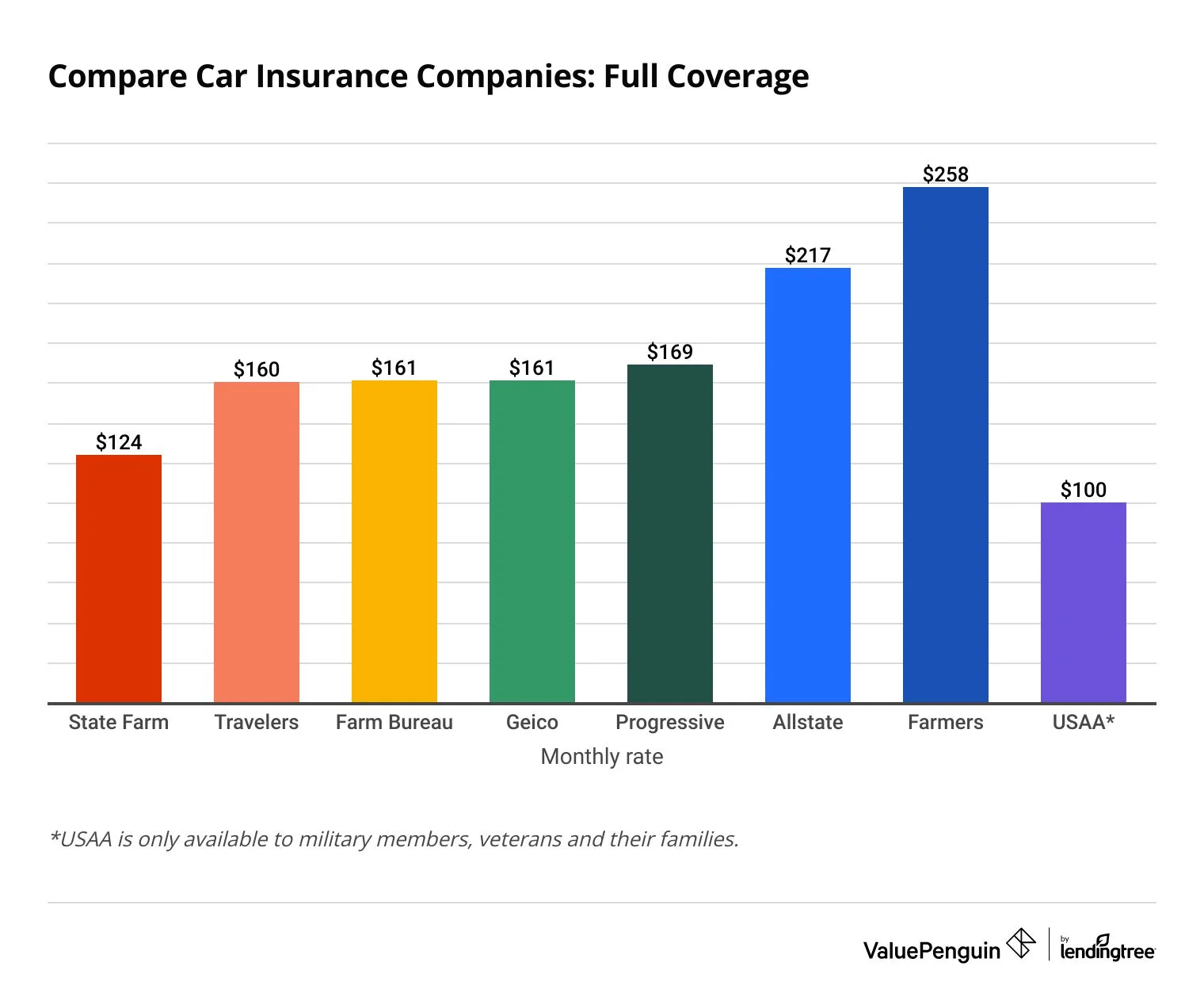Auto insurance isn’t just a legal requirement, it’s a financial safeguard that can save you from hefty bills in the event of an accident or damage to your vehicle. However, with the multitude of insurance providers and the varied policies they offer, figuring out which one is best for you can be a daunting task. To help, we’re breaking down the process of comparing auto insurance rates step by step so you can make an informed decision and potentially save hundreds of dollars.
Understanding Auto Insurance Basics
Before you compare rates, it’s essential to understand the basic terminology and types of coverage commonly included in auto insurance policies. Here are some key concepts:
Types of Auto Insurance Coverage
- Liability Insurance: This covers bodily injury and property damage that you may cause to other persons.
- Collision Coverage: It pays to repair or replace your vehicle if it’s damaged in a collision with another object or vehicle, or the vehicle rolls over.
- Comprehensive Coverage: Sometimes called “other than collision,” comprehensive covers damage to your vehicle from incidents other than collisions.
- Personal Injury Protection (PIP): This is a no-fault insurance cover that pays for medical expenses and, in some cases, lost wages and other damages.
- Uninsured/Underinsured Motorist Coverage: This covers your damages if you’re injured in a car accident and the other driver is at fault but doesn’t have enough insurance.
Factors That Affect Auto Insurance Rates
Your insurance rates are influenced by a variety of factors, some of which are within your control, while others are not. Typical factors include:
- Driving Record: The better your record, the lower your premiums.
- Age and Gender: Younger and older drivers often face higher rates, and males statistically higher than females.
- Type of Vehicle: More expensive vehicles can mean higher premiums.
- Location: Where you live and where you park your vehicle can impact rates.
- Credit History: Insurers often look at credit-based insurance scores.
- Policy Coverage Limits and Deductibles: Higher coverage limits and lower deductibles mean higher premiums.
Step-by-Step Guide to Comparing Auto Insurance Rates
Here’s a systematic approach to finding the best auto insurance rates.
Step 1: Collect Basic Information
Gather information about your driving history, the vehicles you want to insure, and details about any other drivers in your household.
Step 2: Decide on Coverage Needs
Consider which types of coverage you absolutely need and which you can do without. A new car might require all types of coverage for a full financial protection, while an older vehicle might only need liability.
Step 3: Request Quotes from Multiple Companies
Get quotes from at least three different insurance companies to compare costs. Make sure you’re comparing apples to apples — i.e., the same level of coverage and the same deductibles.
Step 4: Understand the Details
Don’t just look at the premium costs. Review each policy’s coverage limits, deductibles, and any additional benefits or discounts.
Step 5: Review the Insurance Companies
Check the financial strength of the companies from which you’re considering buying insurance. Look for customer reviews, and see if the companies have a good reputation for claim handling.
Step 6: Finalize Your Decision
Once you’ve considered the quotes, assessed the details, and reviewed the companies, make an informed decision. This might not always mean choosing the cheapest option — consider the value and level of service offered as well.
Exploring Your Auto Insurance Options
With the basics covered and a road map in hand, it’s time to explore various methods for finding the best auto insurance.
Utilize Online Comparison Tools
Online tools make it easier to compare multiple quotes from different insurance providers at once. Be sure to use reputable and unbiased comparison websites or focus on tools provided by state insurance departments.
Directly Contact Insurers
You can also get quotes directly from insurance companies by visiting their websites or calling their local agents. Sometimes, direct quotes can differ from those provided by online comparison tools due to specific discounts or offerings not captured in a generic quote.
Consider Independent Agents
Independent insurance agents represent multiple insurance companies and can do the shopping for you. Their services often come at no additional cost, and they can provide a more personalized experience.
Negotiating and Adjusting Your Auto Insurance Premiums
Once you’ve chosen an insurance policy, it doesn’t hurt to negotiate for a better rate. Here are a few strategies:
Adjust Your Coverage
You don’t have to wait until your policy is up for renewal to make changes. If your circumstances change, see if adjustments to your coverage can reduce your premium.
Ask About Discounts
Many insurance companies offer various discounts, which can significantly lower your premium. Common discounts include bundling policies, good student discounts, and monitoring devices that track your driving habits.
Raise Your Deductible
Choosing a higher deductible can lower your premium, but make sure you can afford the out-of-pocket expense if you need to make a claim.
Improve Your Credit Score
Work on improving your credit score as it is one of the factors that could lower your premium.
Maintain Continuous Coverage
A history of continuous auto insurance can often lead to lower premiums, so try not to have any coverage gaps if possible.
Assessing the True Value of Auto Insurance
Ultimately, the best auto insurance isn’t just about the lowest rate; it’s about the value and protection that you’re getting for your money. A cheap policy that doesn’t cover what you need is no bargain, just as an expensive policy that provides more than you need can be a waste of money.
Evaluating Customer Service
The quality of customer service can make a massive difference when you need to file a claim. Look into the insurer’s customer satisfaction ratings and feedback from friends and family on their claims experience.
Reviewing Your Policy Annually
Circumstances change, so it’s a good idea to review your policy annually and compare rates again to ensure you’re still getting the best deal.
Tracking Your Driving Habits
Some insurers offer usage-based programs that adjust your premium based on how you drive, which can save money if you have safe driving habits.
Conclusion
Comparing auto insurance rates can be a time-consuming but rewarding process, potentially saving you a significant amount of money. The key is to approach it systematically, taking into account the different factors that can affect your rates, as well as the services and reputation of the insurance providers. By following this comprehensive guide, you’ll be well on your way to securing the best auto insurance for your needs. Remember, it’s not just about cost but about the right balance of coverage and good service. Take control of your financial and automotive security by making informed decisions about your auto insurance today.

